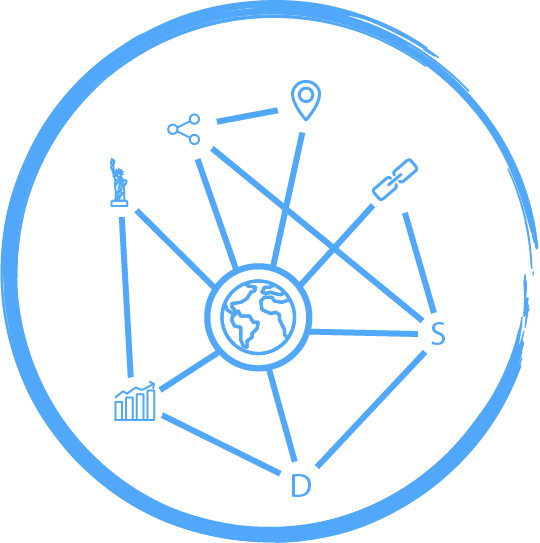Time Series for Everyone
Jul 29, 2020
The availability of large quantity of cheap sensors brought forth by the so called “Internet of Things” has resulted in an explosion of the amounts of time varying data. Understanding how to mine, process and analyze such data will only to become an ever more important skill in any data scientists toolkit.
In this lecture, we will work through the entire process of how to analyze and model time series data, how to detect and extract trend and seasonality effects and how to implement the ARIMA class of forecasting models. Both real and synthetic datasets will be used to illustrate the different kinds of models and their underlying assumptions.
Advanced Time Series for Everyone
Aug 12, 2020
Large scale availability of time varying data originating in financial, economical and social systems has led to a rise in the interest in this class of algorithms. Understanding how to model and describe time series information is a fundamental skill in any data scientitsts toolkit. In this lecture, we will introduce you to the libraries that Python provides for working with time series data. We’ll quickly review the ARIMA class of models before diving in detail into the more advance ARCH class of forecasting models. Both real and synthetic datasets will be used to illustrate the different kinds of models and their underlying assumptions.
Applied Probability Theory for Everyone
Aug 21, 2020
Recent advances in Machine Learning and Artificial Intelligence have result in a great deal of attention and interest in these two areas of Computer Science and Mathematics. Most of these advances and developments have relied in stochastic and probabilistic models, requiring a deep understanding of Probability Theory and how to apply it to each specific situation
In this lecture we will cover in a hands-on and incremental fashion the theoretical foundations of probability theory and recent applications such as Markov Chains, Bayesian Analysis and A/B testing that are commonly used in practical applications in both industry and academia
Transforming Excel Analysis into Python and pandas Data Models
Sept 3, 2020
Microsoft Excel has a long and proud history of bringing data analysis and processing to the masses with its intuitive interface and powerful functionality. However, it has important limitations that are only becoming more apparent in our current age of Big Data and that can only be surpassed by up-skilling to a more programming oriented context. This lecture will introduce you to the ways in which Python and Pandas can be used to build up on your Excel analyses to bring the power of sophisticated Data Science and Machine Learning tools into your pipeline. We’ll also cover how to both read data from and write results to Excel spreadsheets.
Natural Language Processing (NLP) For Everyone
Sept 16, 2020
The rise of online social platforms has resulted in an explosion of written text in the form of blogs, posts, tweet, wiki pages, etc. This new wealth of data provides a unique opportunity to explore natural language in its many forms, both as a way of automatically extracting information from written text and as a way of artificially producing text that looks natural.
In this video we will introduce viewers to natural language processing from scratch. Each concept is introduced and explained through coding examples using nothing more than just plain Python and numpy. In this way, viewers will learn in depth about the underlying concepts and techniques instead of just learning how to use a specific NLP library.
Graphs and Network Algorithms for Everyone
Oct 7, 2020
Trees, Graphs and Networks are fundamental data structures that underlie much of the recent developments in data science and computer science algorithms. Technologies and Applications like Social Networks, Cloud and Distributed computing, Cryptocurrencies and Traffic Routing and directions all rely on the proper use of graph concepts.
In this course we will build, step by step, a mini toolkit of network representations and algorithms that will allow students to understand the fundamental ideas and concepts that lie at the base of state of art algorithms (such as PageRank and recommendation systems), technologies (such as graph databases) and tools (like web crawlers).
Why and What If – Causal Analysis for Everyone
Oct 16, 2020
How do causes lead to effects? Can you associate the cause leading to the observed effect? Big Data opens the doors for us to be able to answer questions such as this, but before we are able to do so, we must go beyond classical probability theory and dive into the field of Causal Inference. In this course, we will explore the three steps in the ladder of causation: 1. Association 2. Intervention 3. Counterfactuals with simple rules and techniques to move up the ladder from simple correlational studies to fully causal analyses. We will cover the fundamentals of this powerful set of techniques allowing us to answer practical causal questions such as “Does A cause B?” and “If I change A how does that impact B?”










